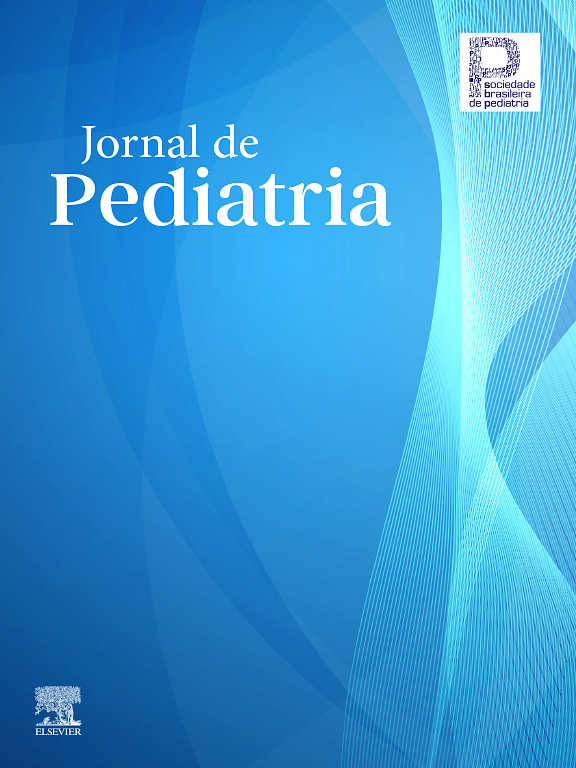The study was based on activities developed at Embu, SP, between October 1989 and June 1990. Its purpose was to study serological turning after child vaccination against measles at the age of nine months. Two groups were compared, both within the same age limits. Group number I included eutrophic children and group number II included undernourished children. Gomes criteria was used to evaluate the children's nutritional state. Antibodies (AB) dosage was done through hemagglutination inhibition (HI) and ELISA. These two laboratory methods were also checked regarding its sensibility. Out of 130 children studied, 80 could be evaluated. From this total, 56 (70%) belonged to group I and 24 (30%) belonged to group II. When the ELISA method was used, a significantly higher seroconversion percentage (P < 0,05 or 5%) was found among children belonging to group II. This percentage was not detected when the HI method was used.
The Impact Factor measures the average number of citations received in a particular year by papers published in the journal during the two preceding years.
© Clarivate Analytics, Journal Citation Reports 2025
SRJ is a prestige metric based on the idea that not all citations are the same. SJR uses a similar algorithm as the Google page rank; it provides a quantitative and qualitative measure of the journal's impact.
See moreSNIP measures contextual citation impact by wighting citations based on the total number of citations in a subject field.
See more







